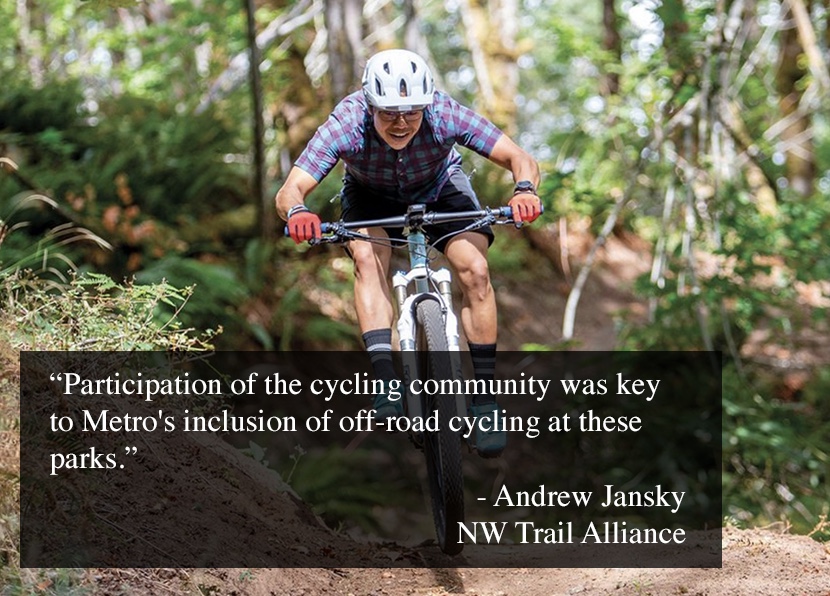
(Photo: Metro)
It’s time to celebrate. Our regional planning agency, Metro, opens two new nature parks this month and both of them include off-road cycling trails!
The parks are Newell Creek Canyon Nature Park, just 15 miles south of Portland in Oregon City, and Chehalem Ridge Nature Park, which is 28 miles west of Portland and just 8 miles south of Forest Grove. Both of these parks were home to Indigenous people for thousands of years before settlers moved in and Metro has worked to restore the natural wildlife and ecosystems that have been lost over time, while balancing the need for public access.
Newell Creek Canyon Nature Park
Newell Creek opened Monday and offers 236-acres of forested land and a trail system with 2.5 miles of walking and hiking paths and nearly 2 miles of dedicated off-road cycling trails. As you can see in the map, bikes are allowed on five of the six trails in the park:
- Tumble Falls Trail (shared) .75 miles
- Cedar Grove Trail (shared) .5 miles
- Shady Lane Trail (bike only) .65 miles
- Red Soil Roller (bike only) .85 miles
- Heavy Nettle (bike only) .35 miles
Unfortunately, access to the park by bike isn’t great. The sole entrance (which features new restrooms and other amenities) is off of Mollala Avenue, a large arterial with no dedicated space for cycling. If you ride there, your best bet would be to take 5th Street out of downtown Oregon City which turns into Linn Ave (this is already a popular bike route with bike lanes). Then turn left (east) onto the bike lanes of Warner Milne Rd. This will take your right into the park’s main entrance.
Newell Creek looks beautiful and stands as an amazing testament to Metro’s dedication to environmental restoration. There’s even a bike rider (hi Will Cortez!) in the promo materials, so you know you’re welcome. Learn more about the park on Metro’s website.
Chehalem Ridge Nature Park
The new trails at Chehalem Ridge are a bit further away, but offer much more in terms of cycling potential. Not only does the newly restored, 1,200 acres of natural area offer nearly 10 miles of trails that are open to bicycle use (shared with hikers and/or horse riders), but the location is nestled adjacent to already popular road and gravel routes. Given the great access off SW Dixon Mill Road, I can see the trails at Chehalem Ridge becoming a very popular loop destination for gravel bikers from, Forest Grove, Washington County or even from Portland for more adventurous riders.
A quick check at the Strava heat map (above) of this part of Chehalem Ridge shows that some riders have already explored the area. Please note that Chehalem Ridge doesn’t officially open until this coming Monday, December 13th. Learn more about the park on Metro’s website.
As we plan new routes and enjoy these trails, please think of all the advocates, volunteers and agency staff who worked hard to plan and restore these areas for us to enjoy. Especially the nonprofit Northwest Trail Alliance who’s tracked the projects for many years. This continues a very positive working relationship between NWTA and Metro that was first solidified during planning of the North Tualatin Mountains trails in 2016.
Advocacy Director Andrew Jansky shared with us this morning that the NWTA has worked with Metro on these recent projects for about five years (you might recall when we shared their advocacy alert about it in June 2016). “NWTA helped bring awareness to the community about the off-road cycling opportunities, we educated our members about the public process and we got people to show up to open houses and share their voices. Participation of the cycling community was key to Metro’s inclusion of off-road cycling at these parks.”
Thank you everyone! Enjoy the parks!


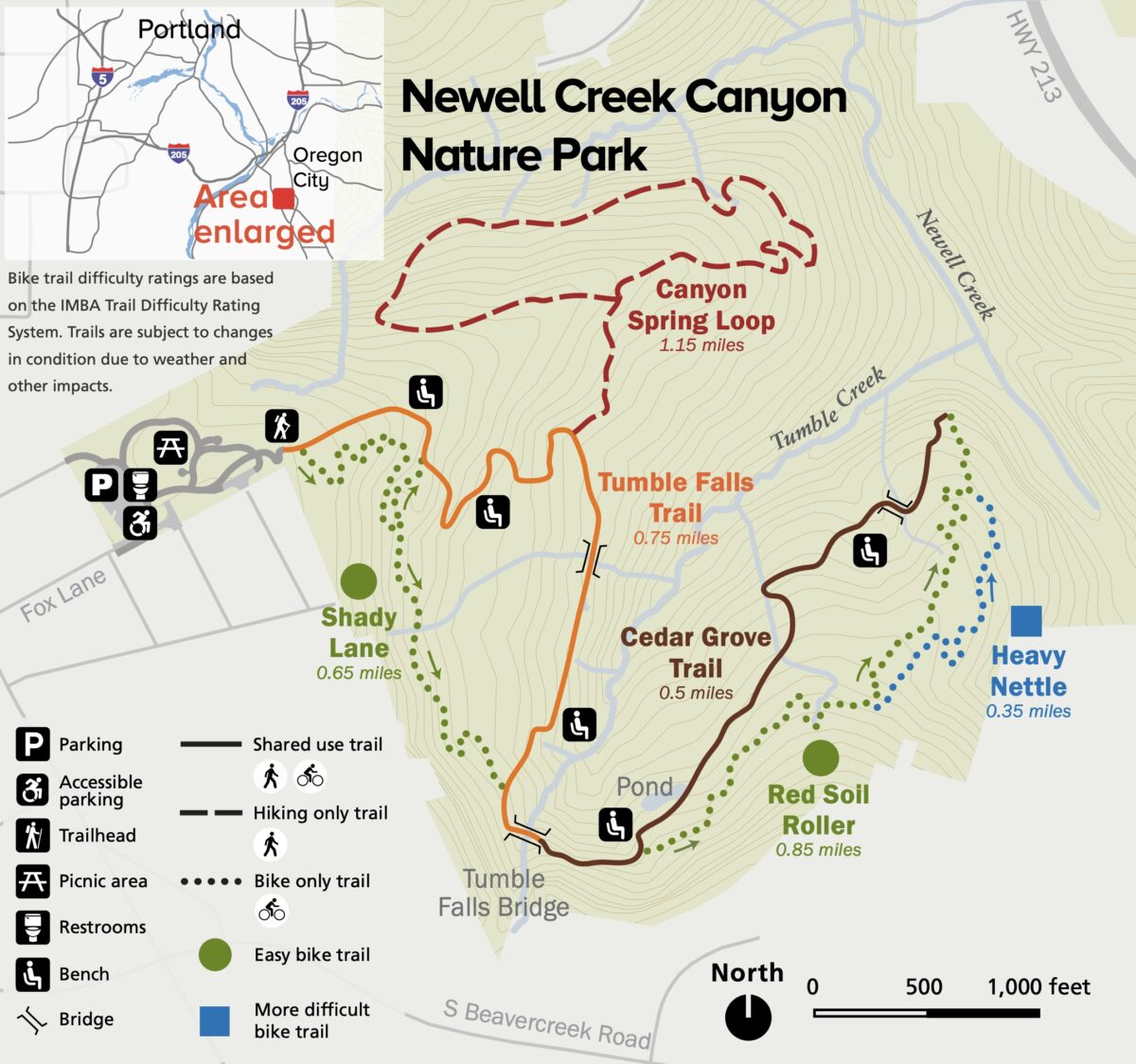
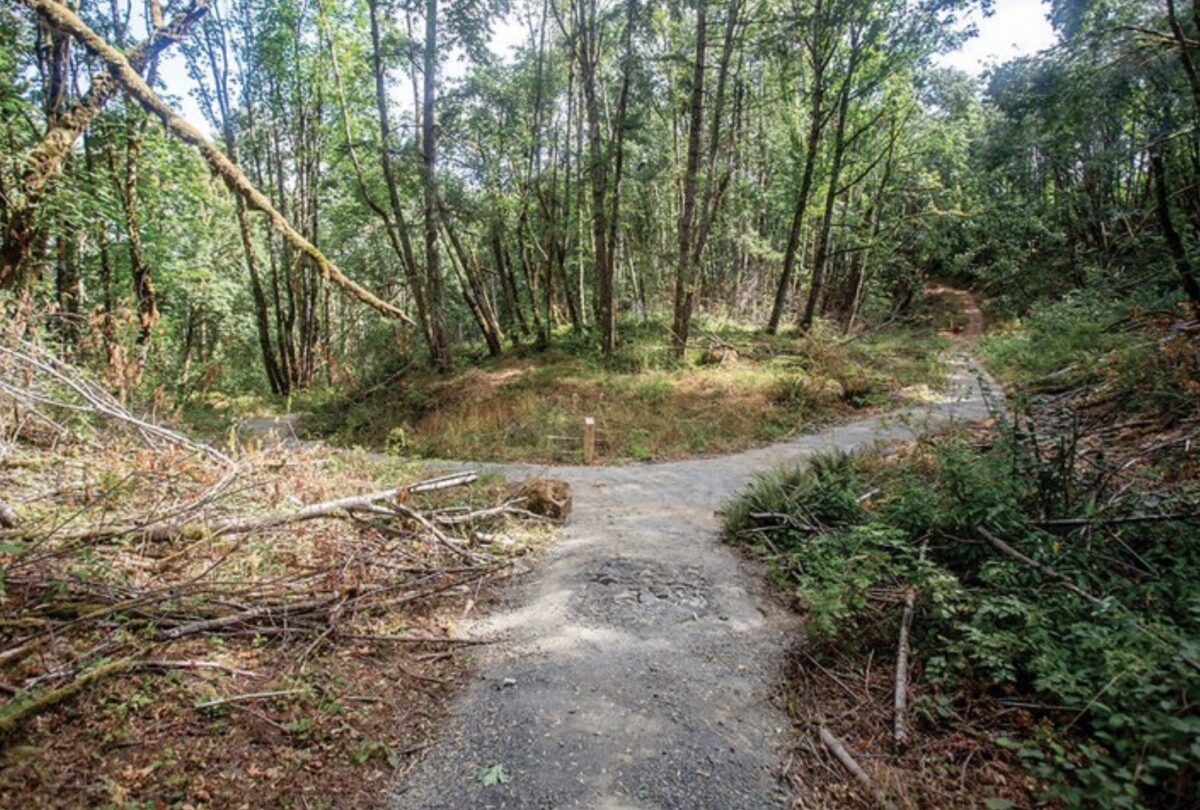
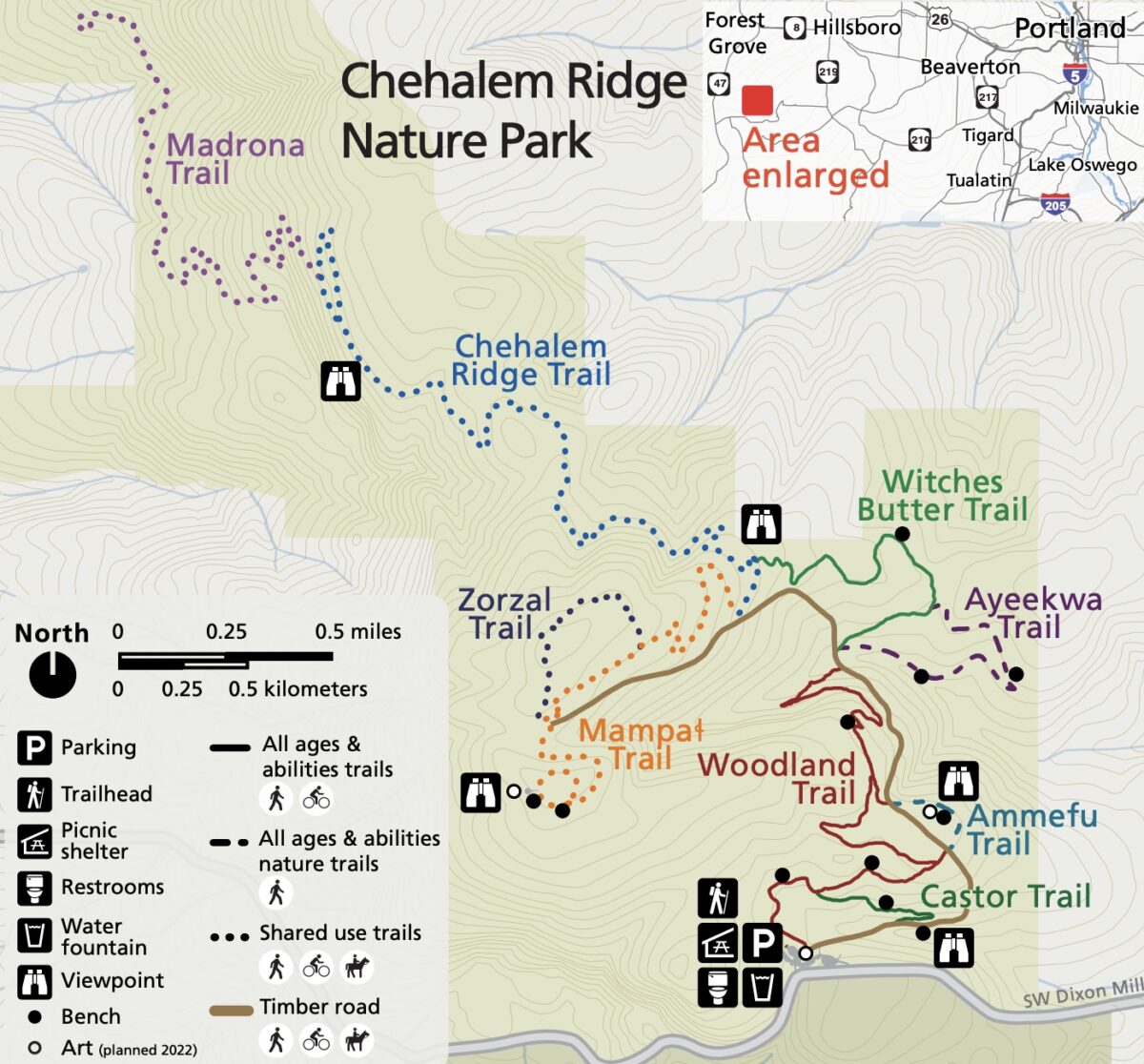


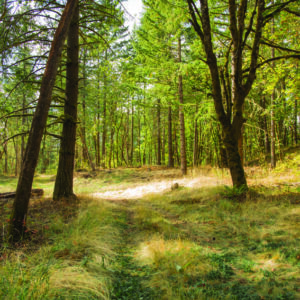
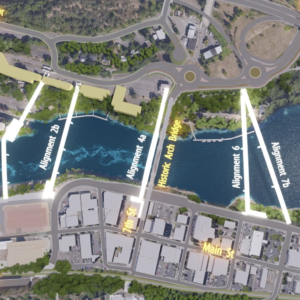

Thanks for reading.
BikePortland has served this community with independent community journalism since 2005. We rely on subscriptions from readers like you to survive. Your financial support is vital in keeping this valuable resource alive and well.
Please subscribe today to strengthen and expand our work.
Now if they would just get a move on with the Northern Tualatin Mts project.
Cool. Looking forward to checking them out.
Curious about this comment though?
Were any areas not home to indigenous to people for thousands of years before settlers moved in… ?
Also second part of that sentence: “and Metro has worked to restore the natural wildlife and ecosystems that have been lost over time” seems to equate the time before the white man as a time before human influence on the environment.
It also seems to reflect a view that “indigenous” people were part of “nature” whereas “non-indigenous” people are not. It may seem like quibbling, but this binary, juvenile, often marxist (power relation-based) stereotyping of ethnic groups that is so in vogue RN (as many of its main spokespeople are under 40) is not helpful for policy or history.
There’s also often some lingering “noble savage” ideology in these characterizations; thus you’ll usually find our favorite “settler” Portland direct actionistas furthering the “land back” narrative more than actual indigenous people.
“Indigenous” cultures around the world used fire and cultivated various types of trees in the forest (Adivasis in India still do this). And before some “indigenous” people in the Old World were other “indigenous people” who they pushed out. And before those people pushed in, there were other species of humans, like Neanderthals.
donel,
I feel like you’re really trying hard to turn this into something it’s not. I’m simply trying to acknowledge our impact on the land and help folks remember it. We’ve done so much to erase and forget Indigenous people that it’s just a small reminder/acknowledgment of our impact and I think it’s very appropriate. Thanks for the feedback.
Hi Patrick,
Yes, all these areas were home to Indigenous people! I’m just trying to acknowledge that fact because of the widespread erasure of them that we are so often guilty of in our culture. It’s called a land acknowledgment and has become pretty standard in a lot of contexts. Thanks for noticing it.
I’ve been pleasantly surprised how common land acknowledgements are in Seattle, and with my work’s main location in Vancouver, BC.
I think the key point here is that settlers moved in and rapidly destroyed most everything in just a couple hundred years. For the thousands of years before that, people just weren’t capable of the modern level of rapid environmental destruction. So, yeah, these places were once homes to lots of different people over the millennia, but probably didn’t really change a whole lot during those years. We rolled in and blew it all up, and Metro is working to fix that.
well put EP!
As I’ve biked around Oregon, it’s been crushing to learn the local histories. In almost every case you read on a plaque that Indigenous folks lived fine and good for 1000s of years, then when white folks showed up we pretty much depleted all the resources in like 100 or so years. So tragic. I wish we had Metro-type orgs everywhere working to restore what was lost so our small towns could thrive again with a different mindset than the extract-resources-at-all-costs approach that has doomed so many towns.
Hey Jonathan and BP family! Thanks for the shout-out. The trails are a blast and am fortunate to have had the chance to ride them!